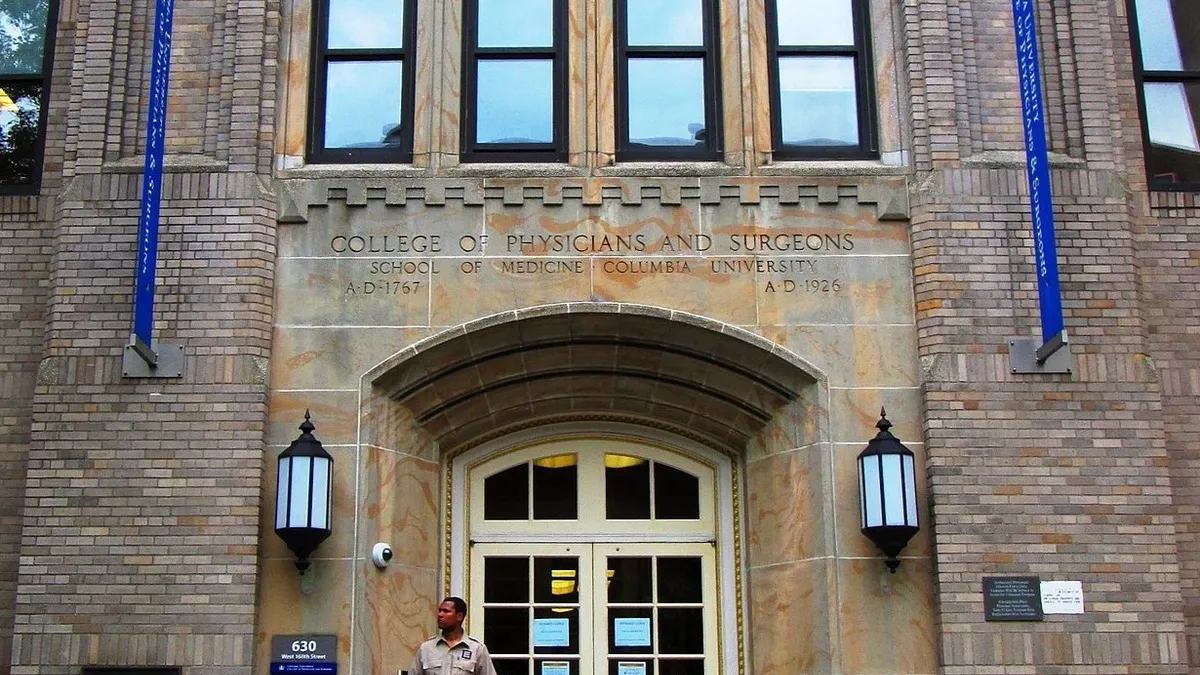What will the future hold for the college textbook business, and what should that future be?
Cengage Learning, a top-five textbook publishing company, was recently forced to examine the future of the industry, as well as its own business, during bankruptcy reorganization. It exited Chapter 11 in April with the following conclusion: It would switch gears, turning itself into an education technology company.
Meanwhile, the U.S. Student Public Interest Research Groups in January reported on the high cost of textbooks, focusing on the problem these prices create for college students and the solution that colleges should adopt.
So what can these two examples tell us about the future of college textbooks?
Cengage Learning
While under Chapter 11 protection from creditors, Cengage developed a five-year operating plan. When it emerged from bankruptcy on April 1, the company was off the hook for $4 billion of its $5.8 billion total debt, with plans to make cuts through 2016 worth about $100 million in savings.
First, its plan addresses the present climate. Cengage stated in its operating plan that “the traditionally stable Higher Education publishing market has recently gone into decline.” The plan, based on figures from 2012 and 2013, divided the education publishing sector into four markets: English for non-English-speaking students, K-12, research or reference materials, and higher education.
Higher education was identified as having an $8 billion U.S. market and comprising 75% of global net revenue. In this market, Cengage claims a 20% share, ranking itself No. 2, with Pearson and McGraw-Hill Education as its main competitors. The top three had 70% of the market, followed by John Wiley & Sons and MacMillan.
Looking forward, the company said in its report that:
- The textbook rental business will continue to decline, as will the market for new books.
- Unit prices will continue to increase.
- The revenue per student for digital publications will continue to increase. In an illustration on page 20 of the report, Cengage pegged the percentage of students buying a traditional print publication at 27%, compared to 90% for a digital homework solution. So even though the price of the homework solution is lower, it will reap more revenue than the traditional publication.
- The impact of rental publications on the textbook industry will wane as the digital market grows, and digital growth will slow as market penetration increases.
- Massive open online courses (MOOCs) pose a potential risk to the textbook industry, challenging the traditional tuition structure and leaving publishers’ role still unclear.
- Piracy will continue to be a problem for textbooks, but its future impact on digital works is unclear.
- The 2013 U.S. Supreme Court decision allowing the U.S. resale of textbooks purchased outside the country “represents a real risk to (the) U.S. textbook market.”
U.S. Student Public Interest Research Groups
The U.S. Student Public Interest Research Groups, or Student PIRGs, conducted a survey of 2,039 students at 150 universities on the textbook issue in fall 2013, issuing a report in January. The group cited the College Board figure of $1,200 per year spent by the average student on books and supplies.
Of the students surveyed, 65% said they decided against buying a textbook because of the high cost, and 94% of those students said they were concerned that their decision would hurt their grade in that course. Nearly half of the students surveyed said the cost of textbooks affected which courses they took.
The solution, according to Student PIRGs: open-source textbooks, which are free online and available in print. More than 2,500 professors have agreed to adopt open textbooks. The survey showed that 82% of the students believed they would do significantly better in a course if it had a textbook either as a hard copy or as available online.
Among the group's other recommendations:
- Students and campus administrators should work together to create open-source textbook programs.
- Colleges should provide compensation to faculty who write open textbooks, and hold seminars to educate faculty about open textbooks and the adoption process.
- State and federal legislatures should approve funding for open textbook initiatives.
- Faculty should consider adopting open textbooks.
- Publishers should develop new business models to make textbooks more affordable and accessible for students.
While it's probably unlikely that open-source textbooks would be fully embraced, a greater prevalence of open options could potentially encourage more competitive pricing from publishers. That said, diversification is a smart move for publishers like Cengage as they look beyond traditional revenue sources to ed tech platforms — particularly given the lower price points and greater interactivity afforded by a digital medium. Plus, there's also the belief held by some that the print textbook won't be around anymore a decade from now. Still, it's an industry in the midst of disruption, and much more could change by the time hard copies are completely abandoned in favor of digital.
Would you like to see more education news like this in your inbox on a daily basis? Subscribe to our Education Dive email newsletter! You may also want to read Education Dive's look at the top 8 college rankings you may have missed.












